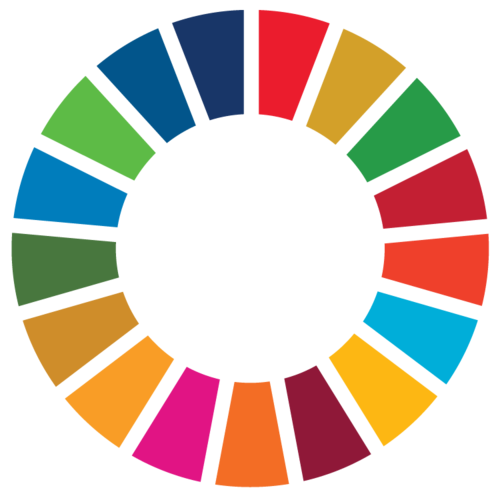SPARCS
Launched in 2019, the SPARCS project seeked new innovative solutions for the development of energy-positive areas as part of a large-scale joint European project.
Embedded content cannot be displayed
The SPARCS project explored and demonstrated innovative solutions for the design and deployment of intelligent and more sustainable energy systems to develop the city in a carbon-neutral and energy-positive direction together with its residents. In addition, the project looked at more sustainable mobility solutions and develop the functionality of transport hubs.
One of the key objectives of the international SPARCS project was to create a network of sustainable, energy-positive and carbon-free communities (Sustainable energy Positive & zero cARbon CommunitieS).
Sustainable energy production in Leppävaara, Espoonlahti and Kera
The project seeked solutions with the help of two so-called lighthouse cities, Espoo and Leipzig. These solutions were being replicated in five follower cities across Europe. There were three project demonstration sites in Espoo; the developing Kera area, the Leppävaara shopping center Sello, and the renovated Lippulaiva shopping center in Espoonlahti, which opened in 2022. These sites developed smart, energy-efficient and locally based regional construction and mobility solutions based on renewable energy sources.
A key objective of the SPARCS project coordinated by VTT was energy-positivity, which means increasing local surplus energy production by means of renewable energy production and energy efficiency. The goals of the project also supported the City of Espoo’s goal to be carbon neutral by 2030. The 5-year project supported cities in developing a common City Vision 2050 that focuses on digitalization, sustainable energy, improving air quality, e-mobility solutions and monitoring the performance of the solutions developed.
Engagement processes to support a more sustainable lifestyle!
One important goal of the project was to build participatory management and design models, as well as ecosystems and processes, together with companies, partners, and research organizations, and most importantly, together with residents. In the SPARCS project, residents were at the heart of the decision-making process and the project ensured that citizens are aware of all activities.
The project was part of a major challenge related to enabling changes in mobility and energy use and practising a more sustainable lifestyle. In energy solutions, the analysis focused on regions instead of individual properties. The goal was to generate globally significant imprints for the city – new innovations.
Information
News about the project
Past webinars
In the BE-studio, you will hear concrete examples of actions that SMEs can take for a more sustainable future. The recording is in Finnish.
Various methods of participation and co-creation have been developed in the project internationally across Europe. Watch the webinar held in spring 2023 here. The webinar is in English.
The webinar held in January 2024 covered a three-year buddyclass program through which secondary school students gained extensive knowledge on urban development and energy positivity topics. The recording is in Finnish.
Project website
You can find the project website via the following link:
Sustainable energy Positive & zero cARbon CommunitieS - Sparcs(external link, opens in a new window)





